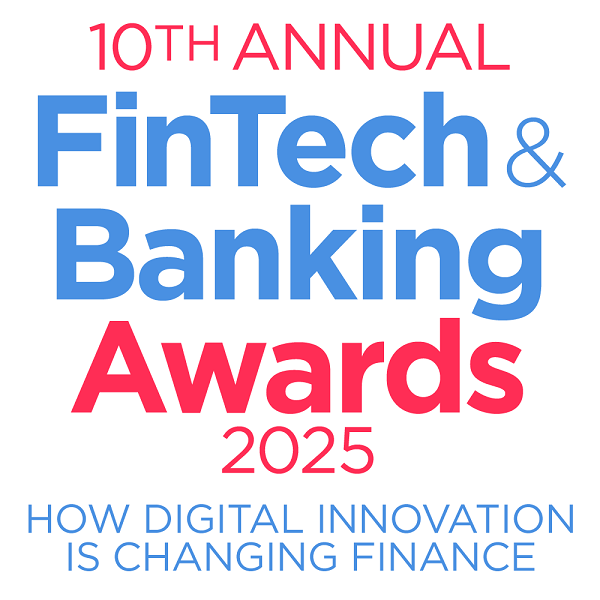The
interplay between social media and peer-to-peer payments is emerging as a
fascinating nexus, reshaping the dynamics of how individuals exchange funds.
This article aims to dissect the intricate connection between social media and
peer-to-peer payments, providing readers with a nuanced understanding of this
evolving relationship.
The Influence of Social
Media Platforms
Social
media platforms have become ubiquitous in daily life, and their influence
extends into various realms, including financial transactions. The integration
of peer-to-peer payment functionalities within social media platforms has
become increasingly prevalent, allowing users to seamlessly transfer funds
while engaging with their social networks.
Seamless Transactions in
the Social Sphere
The
integration of peer-to-peer payments into social media addresses the need for
seamless and instantaneous transactions among connected individuals. This
fusion of social interaction and financial transactions provides users with a
convenient and user-friendly platform to share expenses, split bills, or
contribute to group activities without the need for traditional banking
interfaces.
However,
the intersection of social media and peer-to-peer payments brings forth privacy
concerns and security considerations. As financial transactions become
intertwined with social interactions, users must navigate the delicate balance
between convenience and safeguarding their financial information. Addressing
these concerns is crucial for fostering trust among users in this evolving
landscape.
The Role of Influencers
and Trends
Social
media influencers play a significant role in shaping trends, and this extends
to peer-to-peer payments. The endorsement of specific payment platforms or
methods by influencers can have a substantial impact on user adoption and
preferences. Understanding these trends is vital for businesses and individuals
seeking to stay ahead in this rapidly changing landscape.
Regulatory Landscape and
Compliance Challenges
As
the relationship between social media and peer-to-peer payments deepens,
regulatory bodies are faced with new challenges. Ensuring compliance with
financial regulations, safeguarding against fraudulent activities, and
protecting user data become paramount. Navigating this evolving regulatory
landscape is essential for the continued growth and stability of these
integrated systems.
The User Experience: A
Critical Factor
In
the fusion of social media and peer-to-peer payments, the user experience
becomes a critical factor. Platforms that offer intuitive interfaces, robust
security features, and seamless integration with social interactions are likely
to gain traction. Examining and understanding user preferences in this context
is key for businesses looking to succeed in this competitive space.
Conclusion: Navigating
the Social-Financial Nexus
The intertwining of social media and peer-to-peer payments
represents a significant shift in the landscape of financial transactions.
While providing unprecedented convenience, it also brings forth new challenges
and considerations.
The
convergence of social media and peer-to-peer payments signals industry-wide
transformations. Beyond the immediate impact on transactional dynamics,
financial institutions may witness a paradigm shift in customer engagement.
This integration could pave the way for a more personalized and socially
integrated approach to financial services, aligning with the preferences of the
digitally literate consumer base.
The
interplay between social media and peer-to-peer payments is emerging as a
fascinating nexus, reshaping the dynamics of how individuals exchange funds.
This article aims to dissect the intricate connection between social media and
peer-to-peer payments, providing readers with a nuanced understanding of this
evolving relationship.
The Influence of Social
Media Platforms
Social
media platforms have become ubiquitous in daily life, and their influence
extends into various realms, including financial transactions. The integration
of peer-to-peer payment functionalities within social media platforms has
become increasingly prevalent, allowing users to seamlessly transfer funds
while engaging with their social networks.
Seamless Transactions in
the Social Sphere
The
integration of peer-to-peer payments into social media addresses the need for
seamless and instantaneous transactions among connected individuals. This
fusion of social interaction and financial transactions provides users with a
convenient and user-friendly platform to share expenses, split bills, or
contribute to group activities without the need for traditional banking
interfaces.
However,
the intersection of social media and peer-to-peer payments brings forth privacy
concerns and security considerations. As financial transactions become
intertwined with social interactions, users must navigate the delicate balance
between convenience and safeguarding their financial information. Addressing
these concerns is crucial for fostering trust among users in this evolving
landscape.
The Role of Influencers
and Trends
Social
media influencers play a significant role in shaping trends, and this extends
to peer-to-peer payments. The endorsement of specific payment platforms or
methods by influencers can have a substantial impact on user adoption and
preferences. Understanding these trends is vital for businesses and individuals
seeking to stay ahead in this rapidly changing landscape.
Regulatory Landscape and
Compliance Challenges
As
the relationship between social media and peer-to-peer payments deepens,
regulatory bodies are faced with new challenges. Ensuring compliance with
financial regulations, safeguarding against fraudulent activities, and
protecting user data become paramount. Navigating this evolving regulatory
landscape is essential for the continued growth and stability of these
integrated systems.
The User Experience: A
Critical Factor
In
the fusion of social media and peer-to-peer payments, the user experience
becomes a critical factor. Platforms that offer intuitive interfaces, robust
security features, and seamless integration with social interactions are likely
to gain traction. Examining and understanding user preferences in this context
is key for businesses looking to succeed in this competitive space.
Conclusion: Navigating
the Social-Financial Nexus
The intertwining of social media and peer-to-peer payments
represents a significant shift in the landscape of financial transactions.
While providing unprecedented convenience, it also brings forth new challenges
and considerations.
The
convergence of social media and peer-to-peer payments signals industry-wide
transformations. Beyond the immediate impact on transactional dynamics,
financial institutions may witness a paradigm shift in customer engagement.
This integration could pave the way for a more personalized and socially
integrated approach to financial services, aligning with the preferences of the
digitally literate consumer base.





































